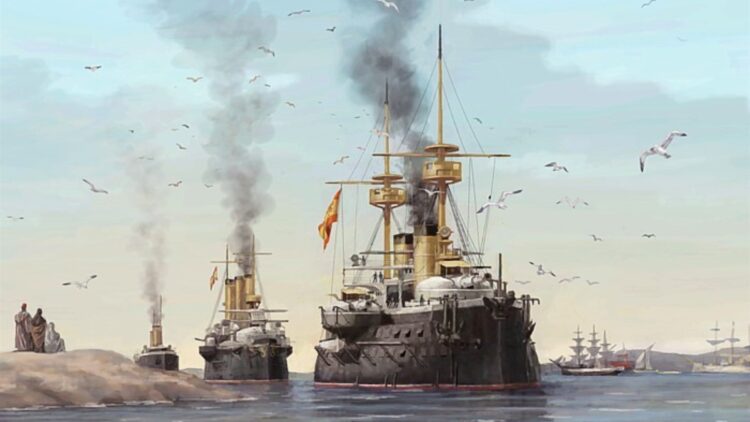Goodbye to work as we know it Amazon CEO confirms that artificial intelligence is about to transform millions of jobs
It s official the future of supersonic flight is near, though a critical problem could delay it indefinitely
Neither black nor white why surgeons only wear green or blue gowns and how this improves operations
Does the tale of a Spanish ship assaulting the East Coast of the United States seem familiar to you? If the answer is no, allow me to explain that this intriguing tale marked the start of a media battle in which the yellow press played a crucial part. The myth of a Spanish warship that never existed and was en route to assault the United States was propagated around this time. The primary goal of this story was to incite panic in the populace and prompt action from the US government.
This is comparable to the current state of affairs, when we encounter false information in various contexts, ranging from advertisements to social media. Let’s learn more about this fictional Spanish ship that the media created.
How it all started
In 1898, there was a media war in the United States in addition to the fight between Cuba and Spain. Guns weren’t necessary in this media battle because tabloid headlines were effective for the press. These are eye-catching newspaper headlines that oversimplify or misrepresent the facts in order to highlight scandal, crime, or startling events.
These tabloid headlines were used by two influential newspapers: the New York Journal (written by William R. Hearst) and the New York World (written by Joseph Pulitzer). The never-seen Spanish ship narrative was the result of a yellow press campaign they launched.
The yellow press
Sensationalism is prioritized over facts in this type of newspaper reporting. Since individuals would only read the newspaper, you would assume that this wasn’t that essential. Not at all; the goal of the yellow press campaign was to change public perception and increase sales, and they succeeded admirably.
These publications served to inform the people about alleged Spanish atrocities in Cuba. Additionally, they wrote of Spanish ships approaching the United States with plans to assault Boston, New York, Charleston, and other cities. Naturally, they succeeded in creating a massive wave of panic throughout the entire area.
Panic among the U.S.
When the American government realized that people were afraid of what was happening, it ordered that all lights in coastal cities be turned out so that they would not be easily visible from the water. Additionally, the U.S. Navy deployed ships to patrol the waters, evacuations were planned, and National Guard troops and artillery batteries were alerted.
The yellow press created a fictional Spanish vessel that sparked all of this.
The reality behind the Spanish Navy
In actuality, Spain lacked the naval capacity to launch an attack on the United States. Two Spanish ships in extremely poor condition were noted in the yellow press, for instance:
- The Terror had so many failures and it barely reached Puerto Rico, where it was neutralized.
- The Pelayo was considered the most powerful ship in Spain and it was sent to the Suez Canal, but it never got to the Atlantic Ocean. So, the attacking plan was canceled and the fleet came back to the Canary Islands.
As stated in the yellow press, no Spanish ship ever came close enough to bomb the United States.
The never seen Spanish ship
The Yellow Press used a ghost ship to manufacture the danger. Hearst and Pulitzer incited more fear than was necessary in society, but this was one of the factors that led to the United States declaring war on Spain.
This anecdote should teach us that we must be well-informed about the material we read. Social media and the speed at which false information spreads have made this fake news scenario increasingly prevalent in recent years. Therefore, if you ever read about a ghost ship, don’t be so shocked.




